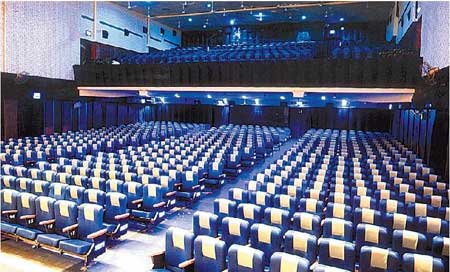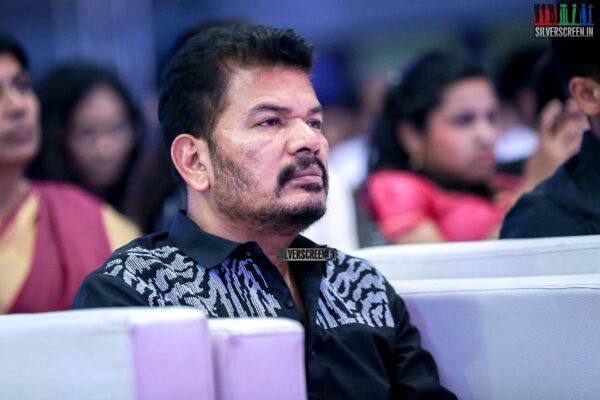All cinema halls, theatres and multiplexes in New Delhi will function at 50% seating capacity till April 30 as per new orders issued on April 11.
In the wake of the second wave of Covid-19, the department of disaster management authorities of the government of NCT Delhi also ordered 50% of seating capacity in restaurants and bars along with several other restrictions for social gatherings, travel and transport, educational institutions.
According to the Central government record, New Delhi recorded 34,341 active cases of Covid-19 till April 11, taking the number of confirmed cases to 7,25,197 and 11,283 deaths in the city.
In the wake of the Covid-19 pandemic in 2020, theatres were shut across the country from March the same year following a nationwide lockdown. In October 2020, when the Centre permitted theatres to reopen with 50% seating occupancy across the country, New Delhi and some states like Maharashtra, West Bengal observed the same maintaining the set of Standard Operating Procedures issued by the Central government.
Following a steady decline in the number of cases since October 2020, theatres in states like West Bengal, Tamil Nadu, and Telangana were allowed to function at full seating capacity towards the beginning of 2021. While there were no notifications from the Centre permitting 100% seating capacity in theatres, the state governments urged the Centre to issue orders regarding the same.
Later in January, the Ministry of Home Affairs further eased the restrictions and issued new guidelines, permitting 100% occupancy in the cinema halls, theatres and multiplexes across the country.
Recommended
Ever since the second wave of the pandemic has been gaining momentum in the country, Maharashtra, Karnataka, Tamil Nadu, New Delhi have issued new guidelines and imposed restrictions and night curfews in their respective states, with 50% occupancy in cinema halls, restaurants, bars, pubs and clubs, metro coaches and certain government offices. Other orders include restrictions on all social, political, sports, entertainment, academic, cultural, religious, festival related and other gatherings with sports events being held without spectators and swimming pools being used only for the training of sportspersons who are participating in national and international events.


